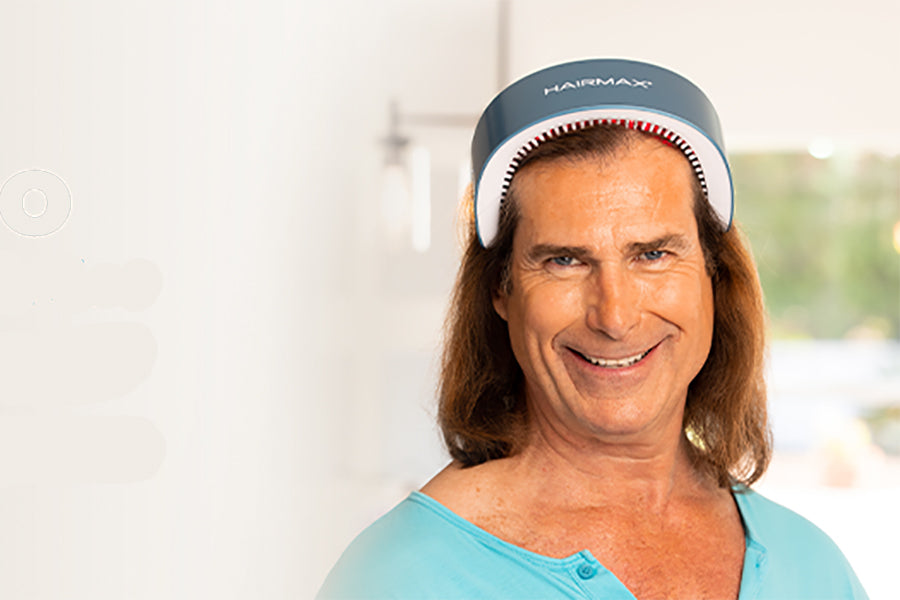Research is taking place into creating 3D printed hair follicles ! Cosmetic firm L'Oreal has partnered with French bio-printing company Poiestis to develop a form of laser printing for cell based objects. L'Oreal has already used 3D printed skin in its product research. But don't get too excited as it will take several years to potentially develop this technology and ultimately you will still need a hair transplant !
Hair Loss and thinning hair affects up to 13.4 million people in the UK and its far from being exclusive to men. It's estimated that six million women in Britain are effected. Thinning hair can have negative effects on someone’s self-confidence and esteem - Hair loss is an emotional subject and can be very stressful. Many people suffer in silence and often resort to spending vast amounts of money on treatments that are largely ineffective. Any new initiatives are always welcome and who knows where this research will end up !
So can hair be grown in a lab using a 3D printer?
Over the last few decades hair transplantation surgery has rapidly evolved, becoming more sophisticated and successful, however the process has still fundamentally relied on hair follicles being redistributed from one part of the body to another. Growing human hair follicles in laboratory conditions has in the past proved challenging for researchers.
This new breakthrough brings together a couple of recent innovations. First, the researchers created a unique plastic mold using 3D printers. The molds are designed to resemble a natural micro-environment stimulating hair follicle growth through tiny extensions just half a millimeter wide.
Next human skin is grown around the 3D printed mold and hair follicles from volunteers are seeded into the mold. The hair follicle is then kick started by awakening the follicle using a number of inhibitors to encourage hair growth.
The overall process is claimed to be able to grow hair follicles at a rate that would ultimately allow for an unlimited supply of follicles, without the need for hair grafts from donors. In affect, this is a hair farm that then can be transplanted back into the patient's scalp.
Will this benefit those with all types of hair loss?
Given the high costs of existing hair transplant procedures, how many people will be able to realistically afford these new technological advances?
For the moment, there are existing treatments available for hair loss including FDA cleared Low Level Laser Therapy and the drugs Minoxidil & Finasteride. There are also a number of cosmetic solutions which will give you the appearance of thicker, fuller hair.
It’s easier to keep the hair that you have rather than try to grow it back. Therefore, it’s important to catch hair loss as early as possible and seek treatment right away. Once your hair follicle has died, sadly there is no cure.
Low Level Laser Treatment
With this treatment, therapeutic light energy is delivered directly to your hair follicles through the highest quality medical-grade lasers. It uses safe, nourishing low level laser light energy to stimulate the hair follicles at a cellular level. This helps to promote hair growth and extend your hair’s natural growth cycle. HairMax are the leading brand in this field and their lasers have been independently cleared by the FDA to work for hair loss.
HairMax House Use Laser Devices start at £174.95 and there is also a 5 month money back guarantee where you can try the device with no risk to see if it works for you !
3D printing for hair ? As with all research helping those with hair loss, we watch with interest !

- by Stephen Dowd
3D Printed Hair - Really ?
- by Stephen Dowd



Share:
A Healthy Scalp Leads To Healthy Hair!
Feeding Your Hair